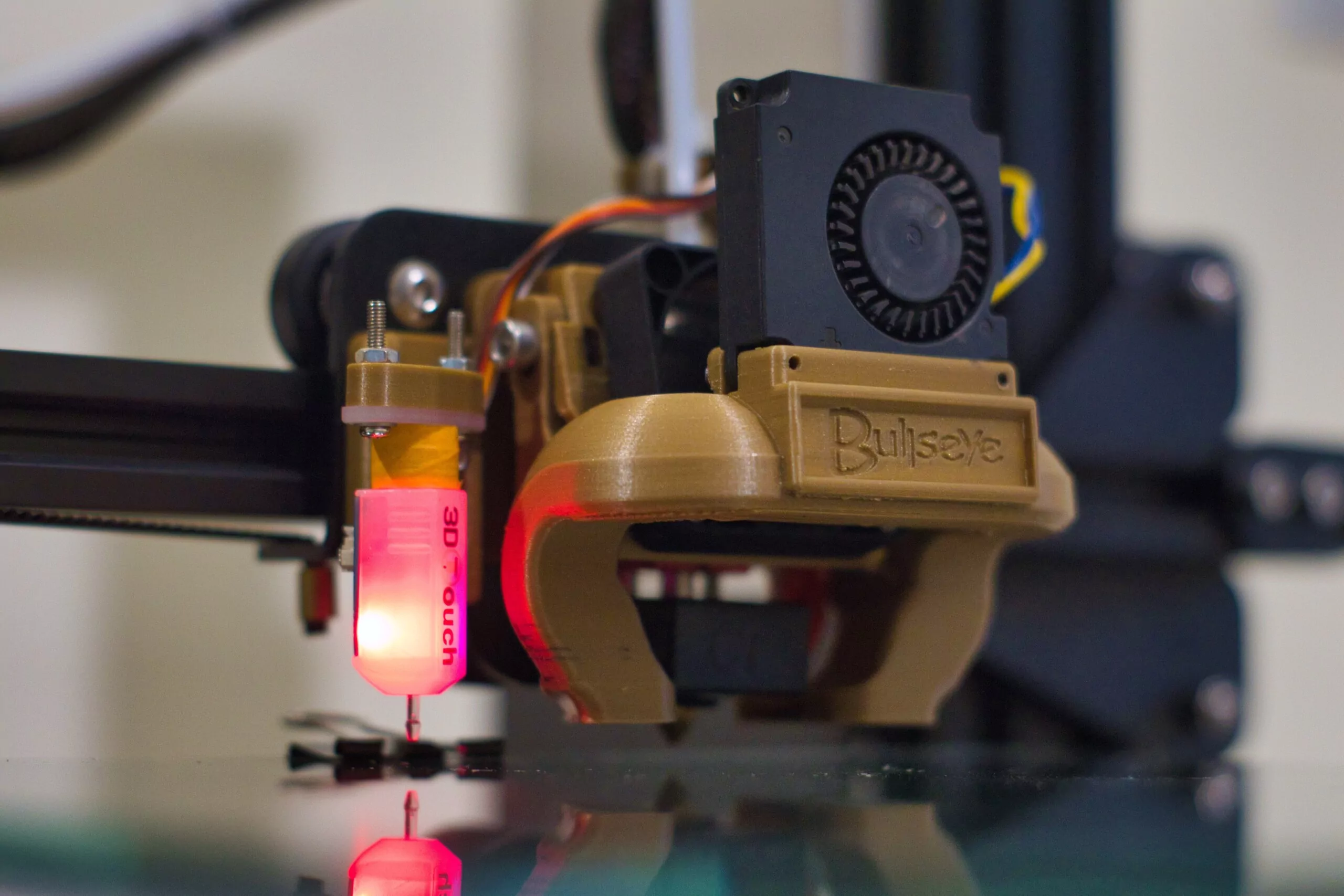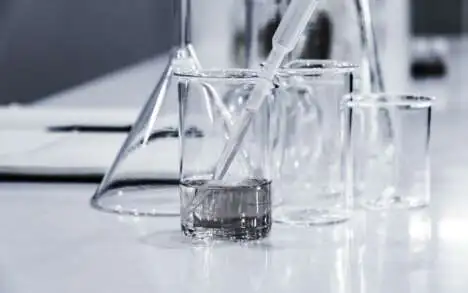Author: Jean Boudaud
In our Blog of June 2020, we communicated on the delays relating to the implementation dates of the December 2019 amendment of the Therapeutic Goods (Medical Devices) Regulations 2002. The kick-off date (25 February 2021) for implementation of these changes is however now rapidly approaching, and manufacturers must be aware of potentially significant implications to the legal marketing of their devices in Australia.
One of the most notable changes relates to the regulation of Personalised Medical Devices. From the 25 February 2021, the regulatory amendments will introduce:
- New definitions for custom-made device and patient-matched devices which will likely result in a wide range of manufacturers needing to register their devices on the ARTG (previously exempt).
- Changes to exemption conditions and arrangements for custom-devices, introducing requirements such as annual reporting (of distributed units and adverse events), authorisations for TGA to inspect production facilities and new record retention requirements (now up to 15 years for implantable devices).
New definitions
Devices deemed “custom-devices” have been exempt from ARTG inclusion and progressively integrated into the TGA regulatory framework since 2016. The old definitions of custom-device, however, lead to interpretations in the field and a number of devices that had the potential to be personalised to a prescription or a specific clinical case were generally accepted as “custom-devices”.
Under the new amendment, new definitions are introduced. The over-arching family of product is “Personalised medical devices” and four sub-categories are defined:
- Custom-made devices
- Patient-matched devices
- Devices produced using a Medical Device Production System (MDPS)
- Adaptable devices
Devices that meet the new definition of a “custom-made” medical device are now limited to rare, one-off, bespoke pieces that are designed and manufactured for patients whose treating health professional has determined that the patient’s anatomical or physiological features, or pathological condition, make them unsuitable candidates for patient-matched or adaptable medical devices that are included in the ARTG.
Devices that are designed using a pre-validated design envelop or produced via a repeatable and validated production process will generally no longer be viewed as custom-devices and will now need to be included in the Australian Register of Therapeutic Goods (ARTG).
This has significant implications for manufacturers as the majority of devices currently being supplied using the custom-made medical device exemption will no longer meet this definition and will need to be included on the ARTG as patient-matched medical devices by 1 November 2024 (if eligible for the transition period).
Eligibility for the transition period
Manufacturers that have been supplying a kind of custom-made device before 25 February 2021, should have already notified the TGA that they have been supplying that kind of custom-made device via the TGA online form. Any kind of custom-device supply which is not declared before 25 February 2021 will be deemed released post-implementation date of the new rule and immediately subject to the new regime and registration requirements.
In order to be eligible for the transition period (ending 1 November 2024), manufacturers must also submit a notification to access the transition arrangement for their re-classified patient-matched devices by 25 August 2021.
Implications of the re-classification
Devices that are no longer meeting the definition of “custom-devices” and which are now deemed “patient-matched”, will need to be re-classified by their manufacturer under Schedule 2 of the Therapeutic Goods (Medical Devices) Regulations 2002 and subject to the relevant conformity assessment procedure prior to ARTG entry by the end of the transition period (November 2024).
For certain devices, manufacturers may require consolidation their supporting Technical File (e.g. clinical evidence) and even implement a Quality Management System which meet all necessary provisions prior to conformity assessment.
Custom-devices previously supplied as part of procedure kits may also be impacted. As “patient-matched” devices are no longer exempt from ARTG entries, the license structure of re-classified devices included in a kit should be reviewed for implications. In some cases, a separate ARTG may be required to cover the “patient-matched” device.
A TGA Guidance document was published in December 2020 to help manufacturers navigate through these changes and help communicate their new obligations as the supplier of the personalised device. Manufacturers should ensure they have transition plans in place to continue meeting the requirements of the TGA framework.Contact us








